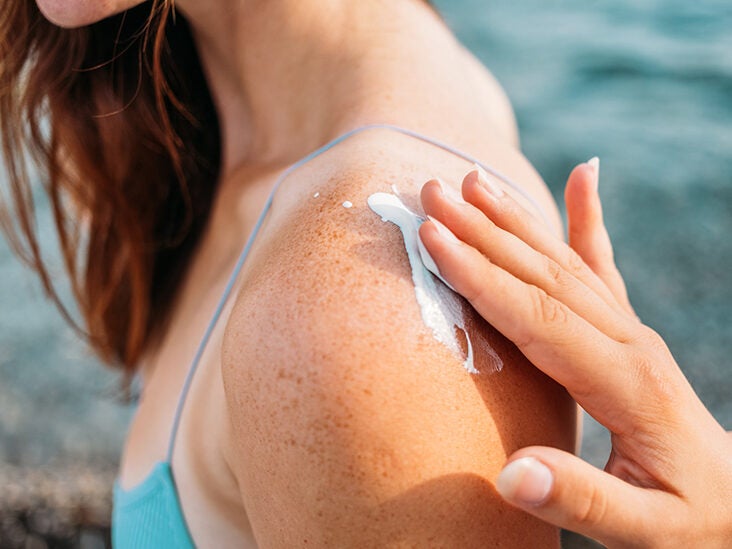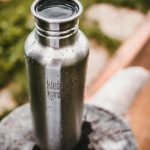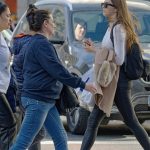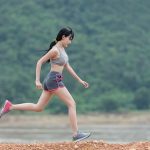
 The incidence of solar radiation and UVA and UVB harmful rays that reach the Earth is growing. With knowledge of how to protect ourselves we can reduce the risk of skin cancer, which is becoming more common.
The incidence of solar radiation and UVA and UVB harmful rays that reach the Earth is growing. With knowledge of how to protect ourselves we can reduce the risk of skin cancer, which is becoming more common.
Whether you are outdoors for leisure purposes in the natural environment as we move through the city outside, must be interested to know how to protect from the sun, which is good in low doses, but quite harmful in high doses, and certain times of day.
In countries such as Argentina, Australia, Chile, Bolivia and Tibet, the incidence of UV rays is so high that sometimes double that of other countries. Australia and Argentina are the most affected in the world , followed by Chile and Tibet, the height at which ascientan their populations in their territories (the Andes and the Himalayas, respectively) and the proximity to South Pole in the case of Chile and Argentina, depending on the phototype of its inhabitants. This, coupled with the exponential rise in cases of skin cancer (melanoma) in Argentina, made a few months ago some scientists in this country discovered an easy way to self-regulate against the sun, regardless of country or zone time in which you live (which as we know, rarely coincide with the true solar time).
They came to the conclusion that a simple mnemonic to know when our exposure to
sunlight is dangerous, is as follows:
- Shadow short (less than our height) high risk.
- Long Shadow (greater than our height) low risk.
As we see, just looking at your shadow know what to expect.
On the other hand, must be clear differentiation between the physical and chemical protection against the sun. The first is generally more effective: it consists of clothing that fully covers us, the clearer and thicker the better . The second refers to all types of creams and cosmetics, that however much you advertise, they can never offer total protection (the cream does not always distributed well, and will always be a more exposed area will be lost through perspiration, etc.).



